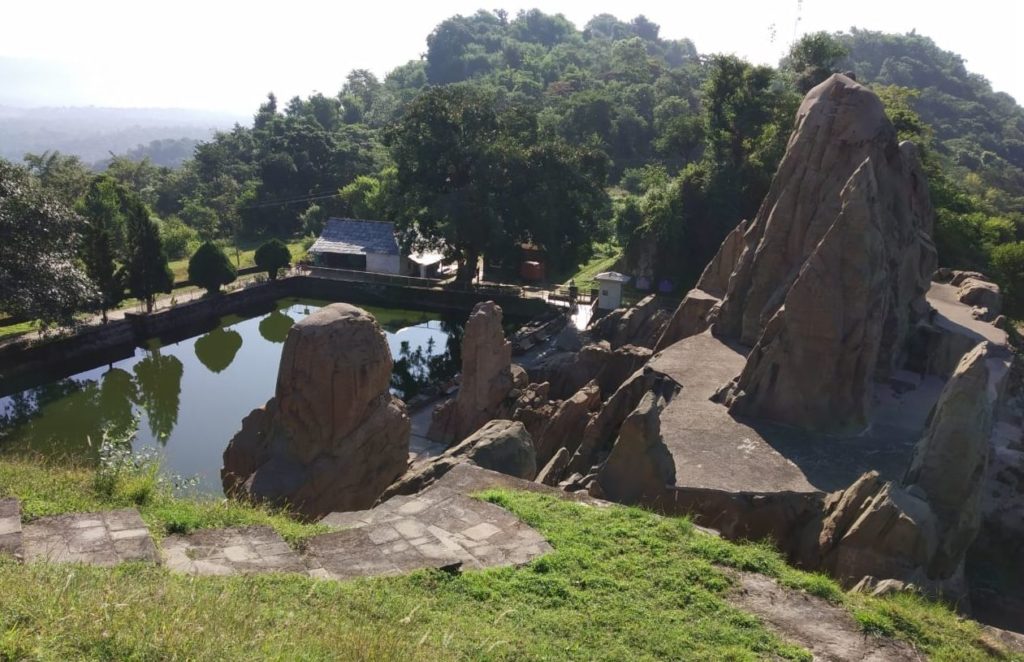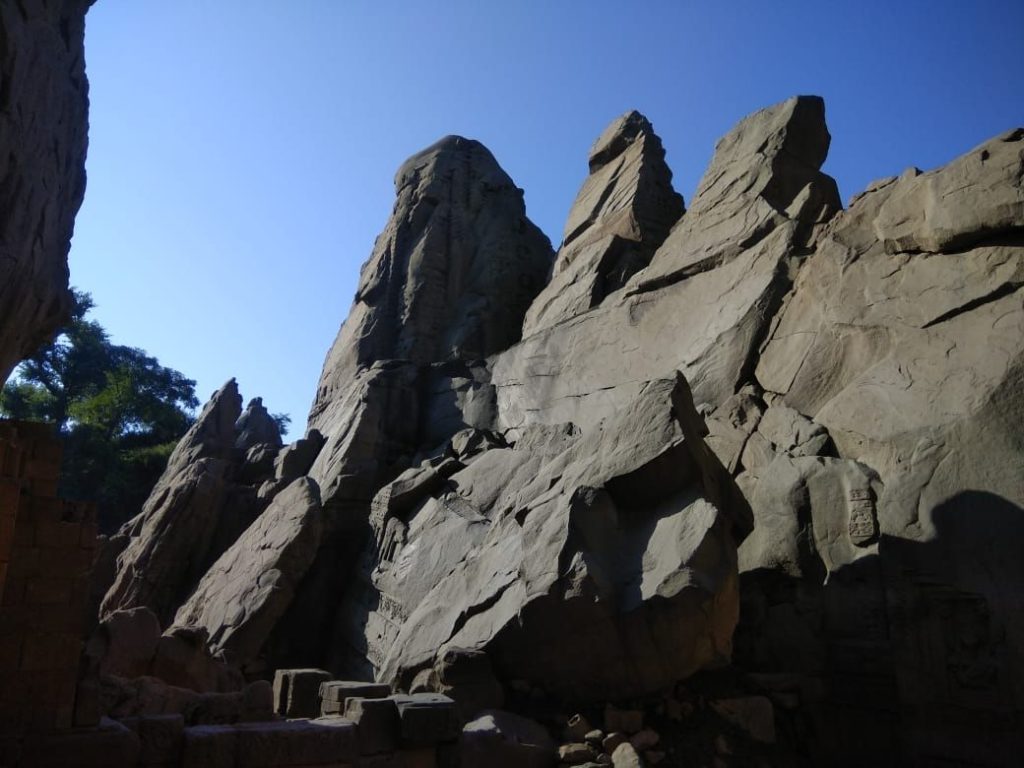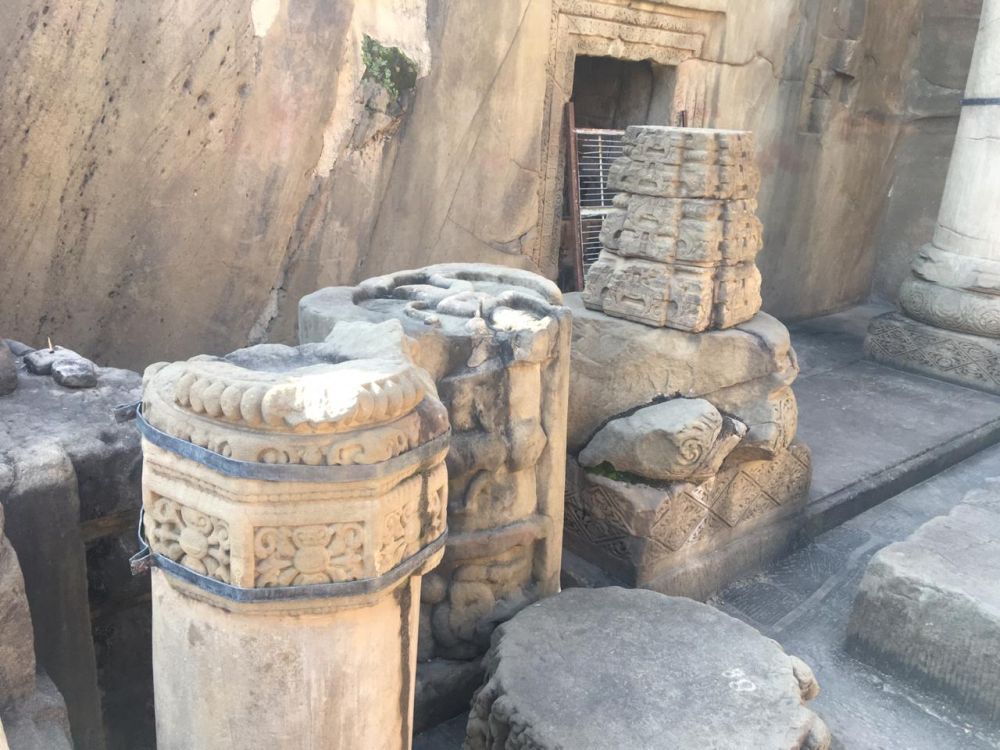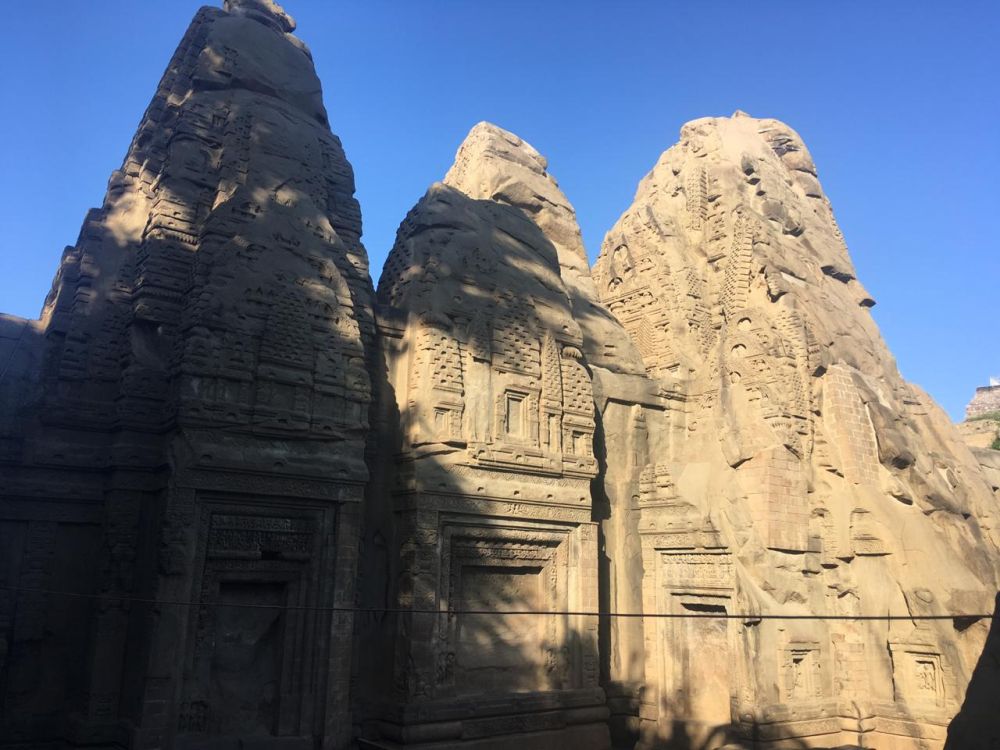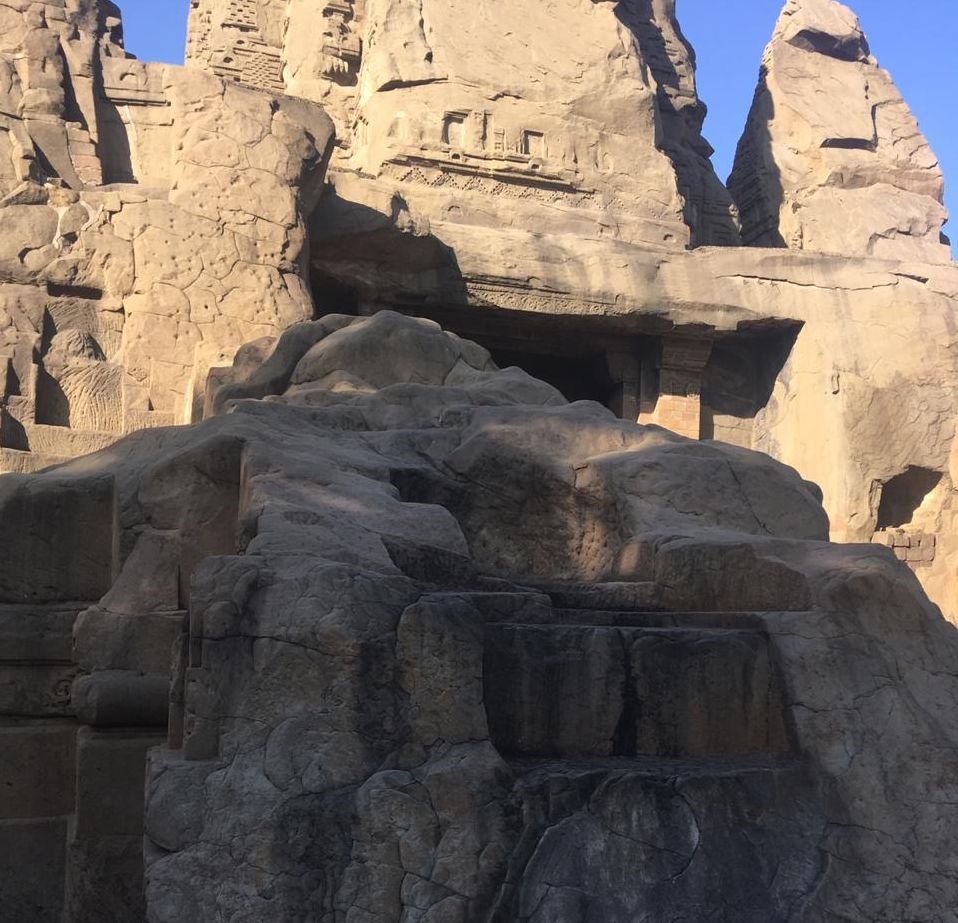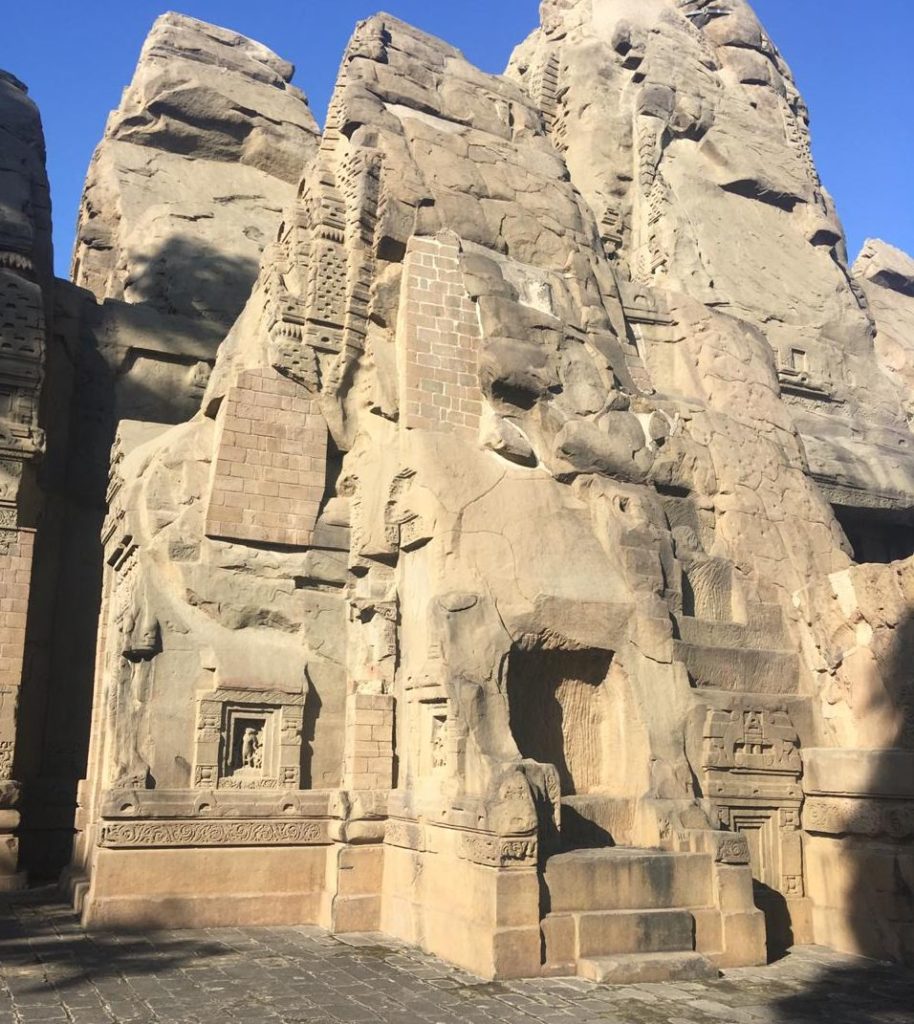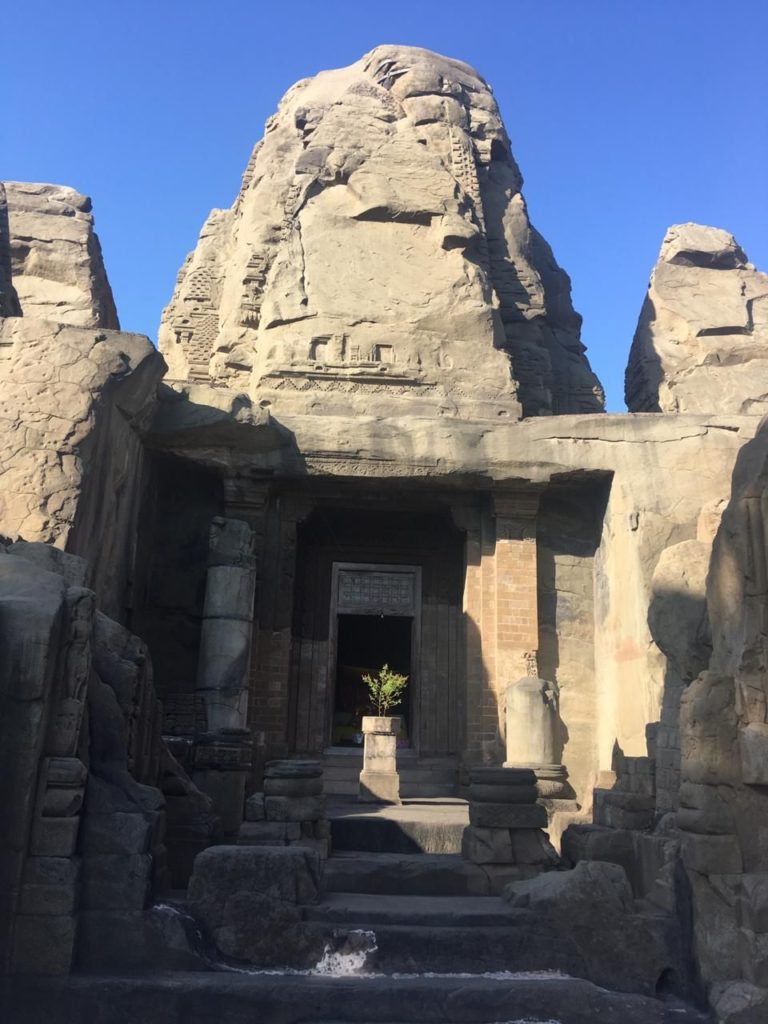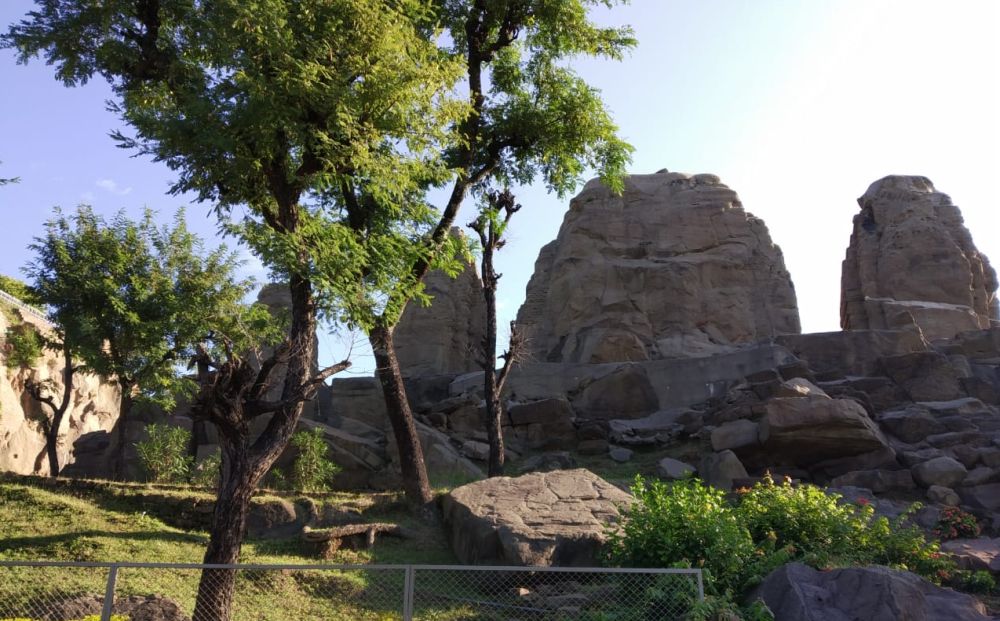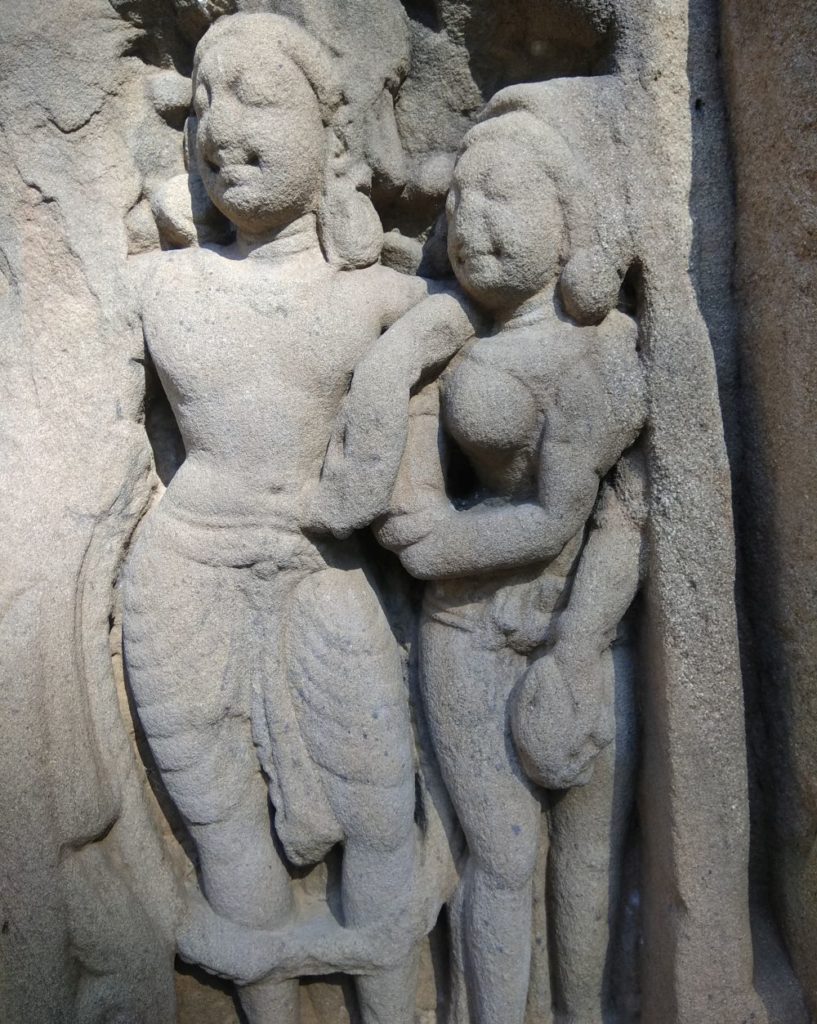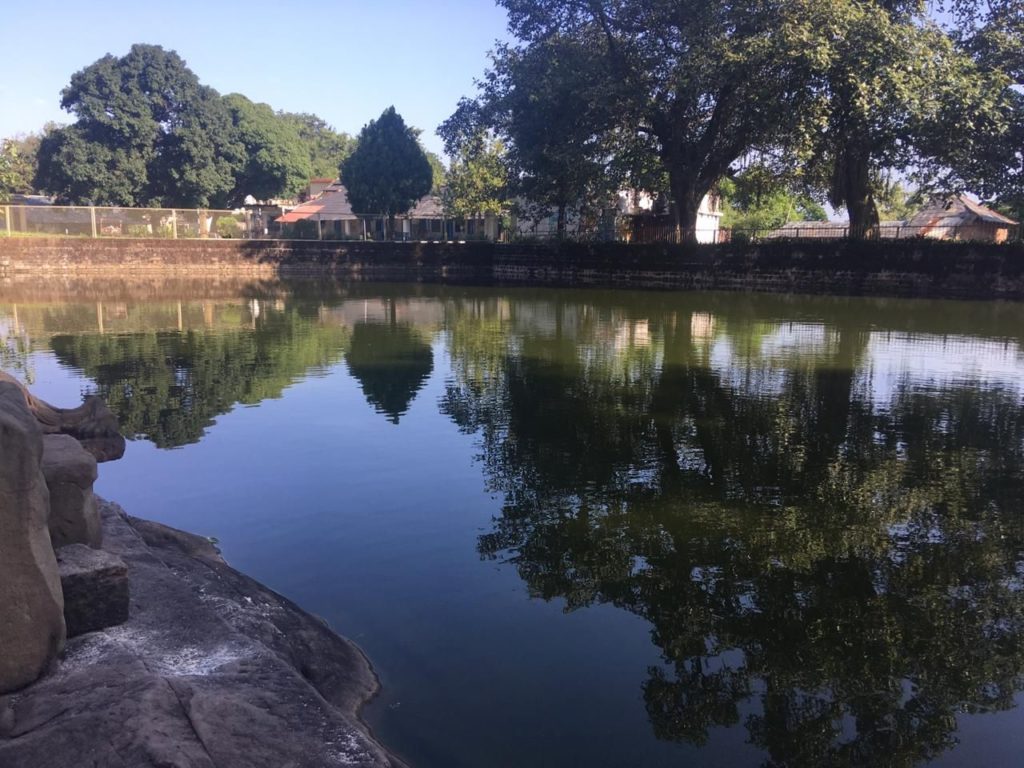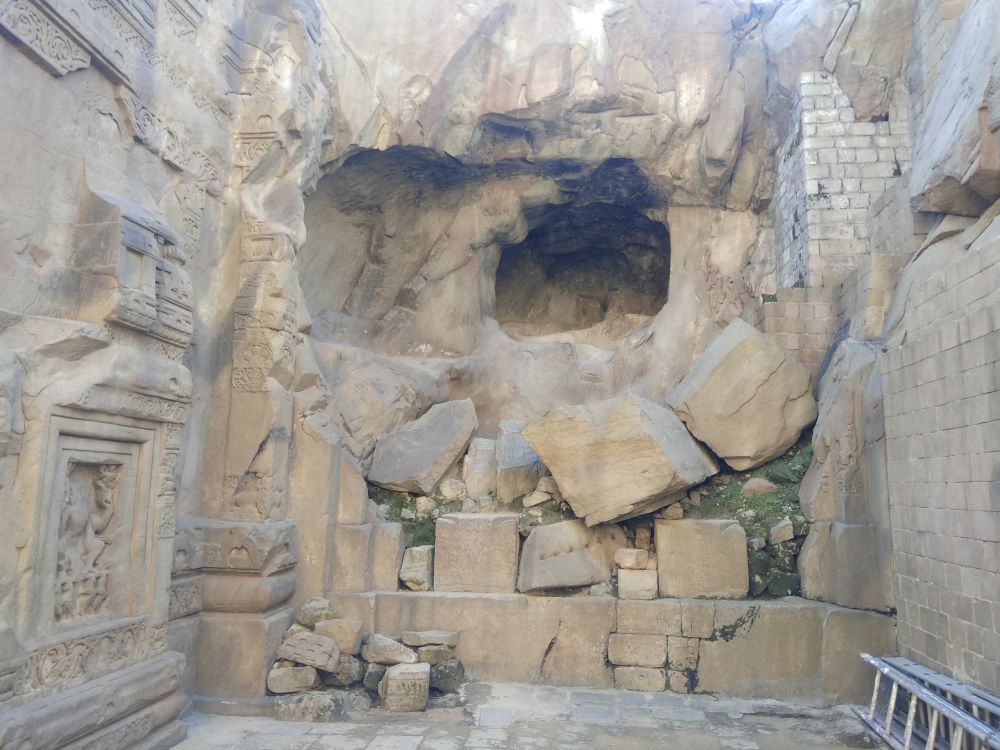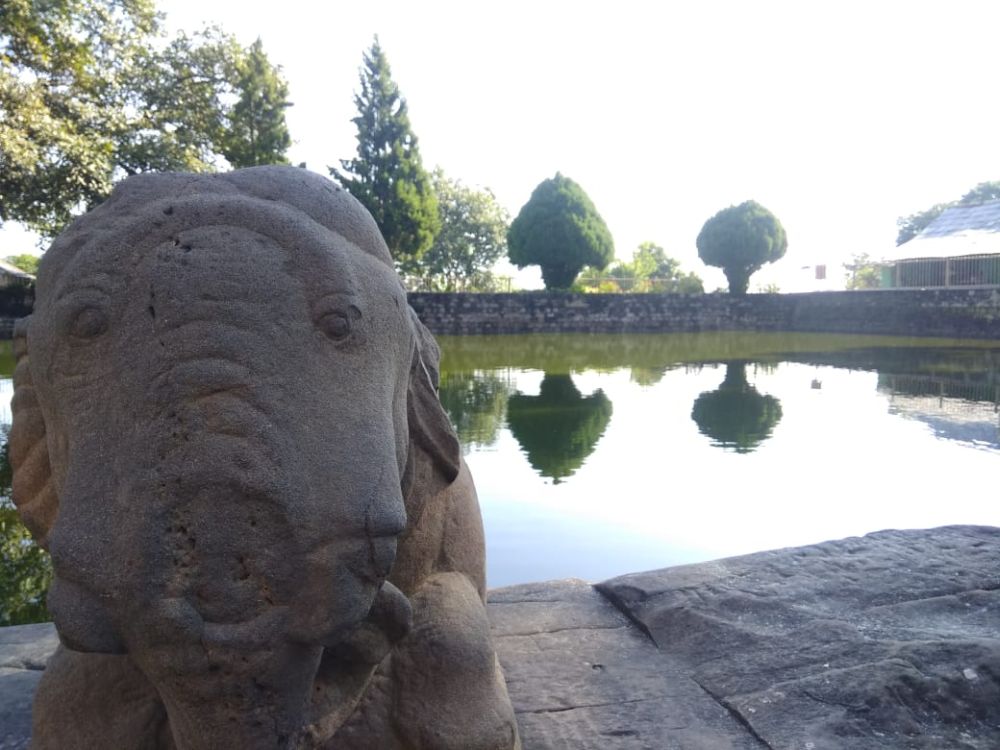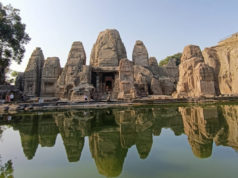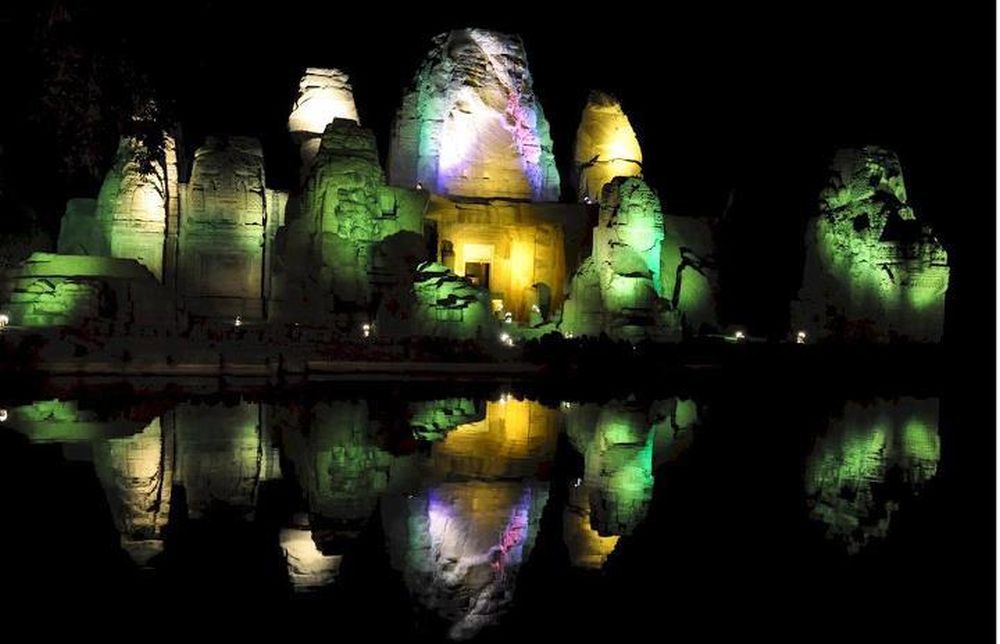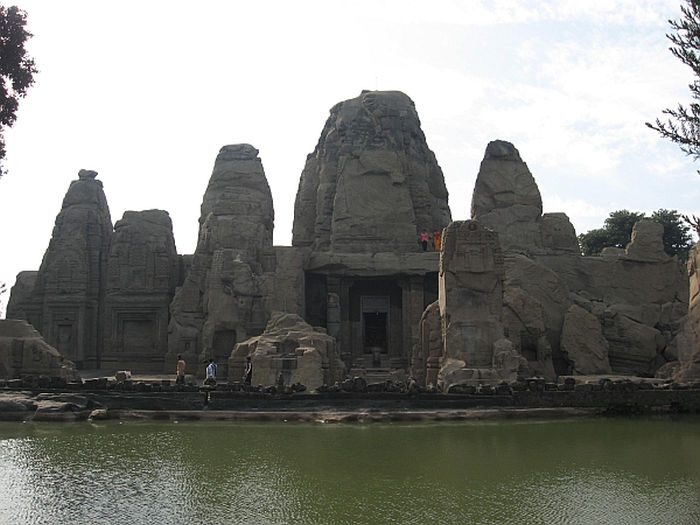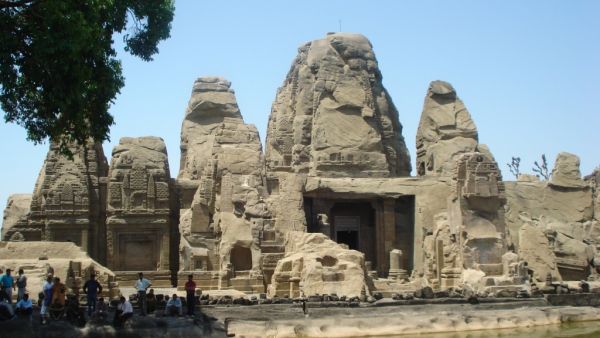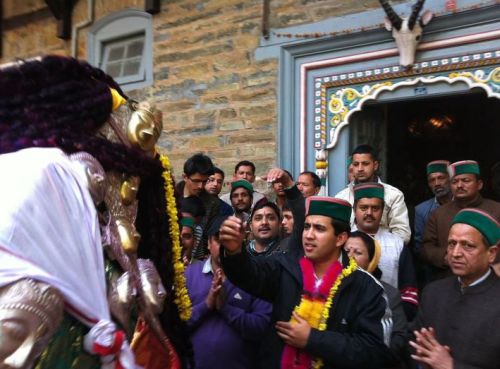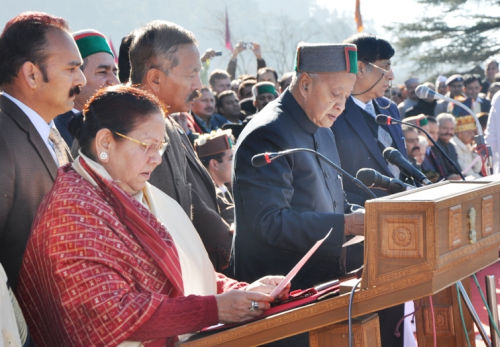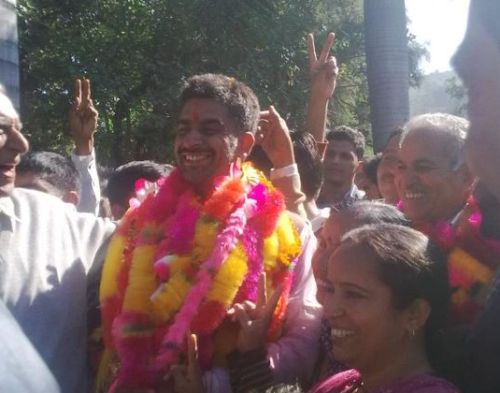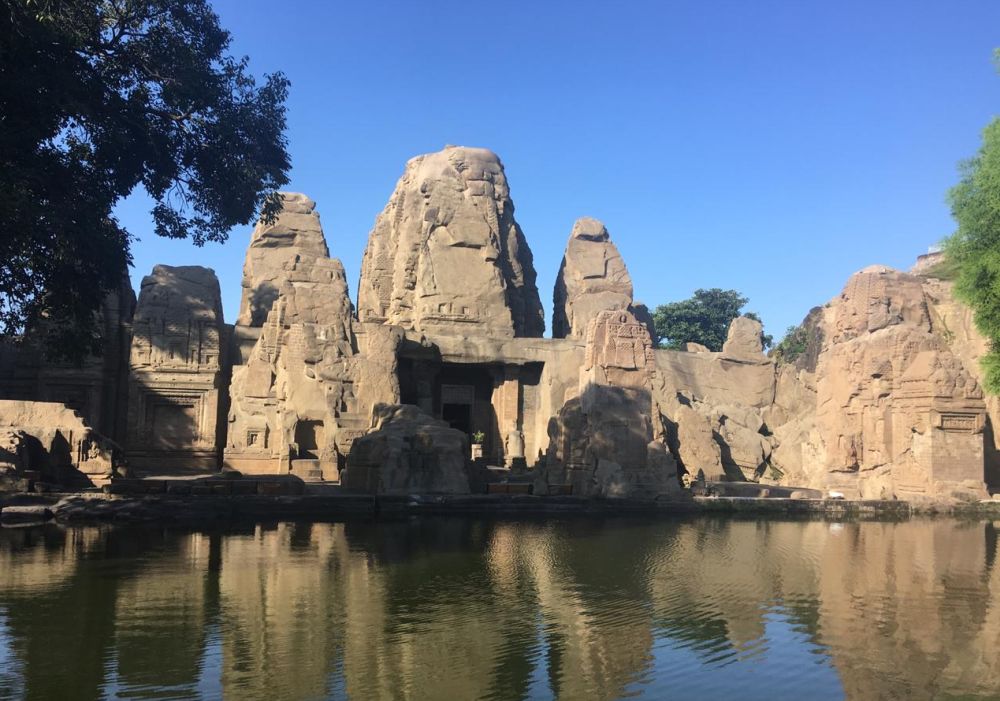
The Masroor Temples, one of its kind complex of rock-cut Hindu temples in the North India, is believed to be carved out in early 8th-century. They are a version of North Indian Nagara architecture style, dedicated to Shiva, Vishnu, Devi and Saura traditions of Hinduism, with its surviving iconography likely inspired by a henotheistic framework.
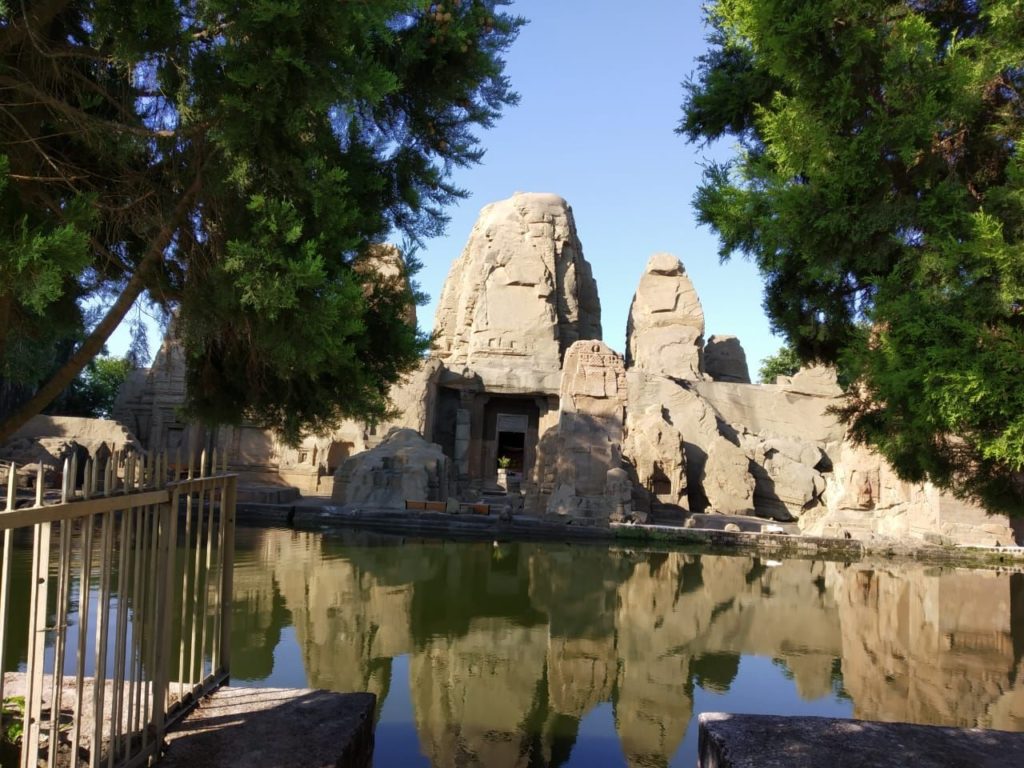
There is a group of 15 monolithic rock cut temples designed in Indo-Aryan style. The main shrines contain the stone idols of Rama-Laxman and Sita.
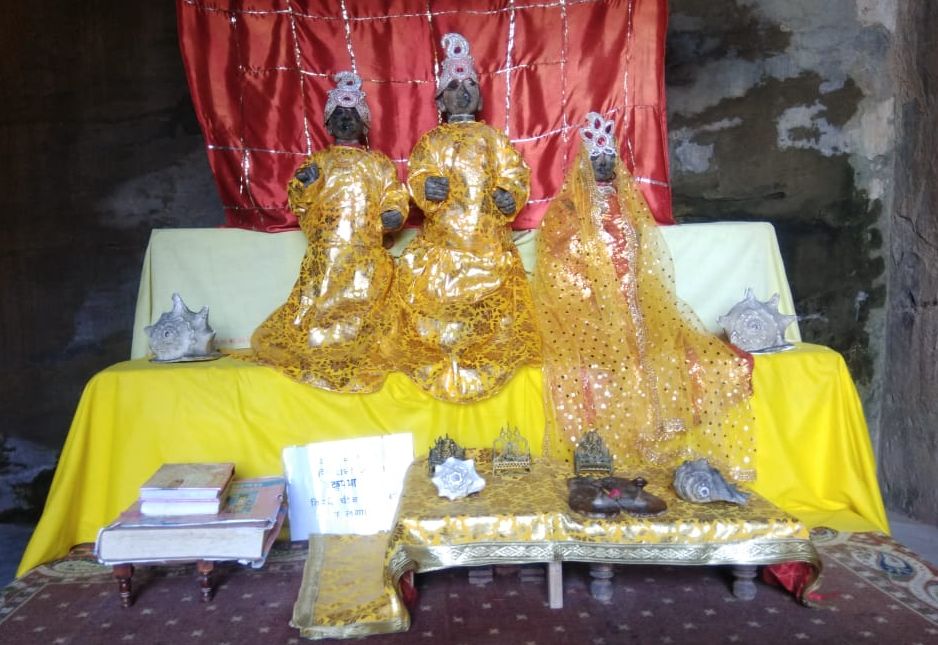
It is claimed that all 15 temples are carved out of a single rock.
History and architectural style
The temples were carved out of monolithic rock with a shikhara, and provided with a sacred pool of water as recommended by Hindu texts on temple architecture. The temple has three entrances on its northeast, southeast and northwest side, two of which are incomplete. Evidence suggests that a fourth entrance was planned and started but left mostly incomplete, something acknowledged by the early 20th-century colonial era archaeology teams but ignored leading to misidentification and erroneous reports.
The entire complex is symmetrically laid out on a square grid, where the main temple is surrounded by smaller temples in a mandala pattern. The main sanctum of the temples complex has a square plan, as do other shrines and the mandapa. The temples complex features reliefs of major Vedic and Puranic gods and goddesses, and its friezes narrate legends from the Hindu texts.
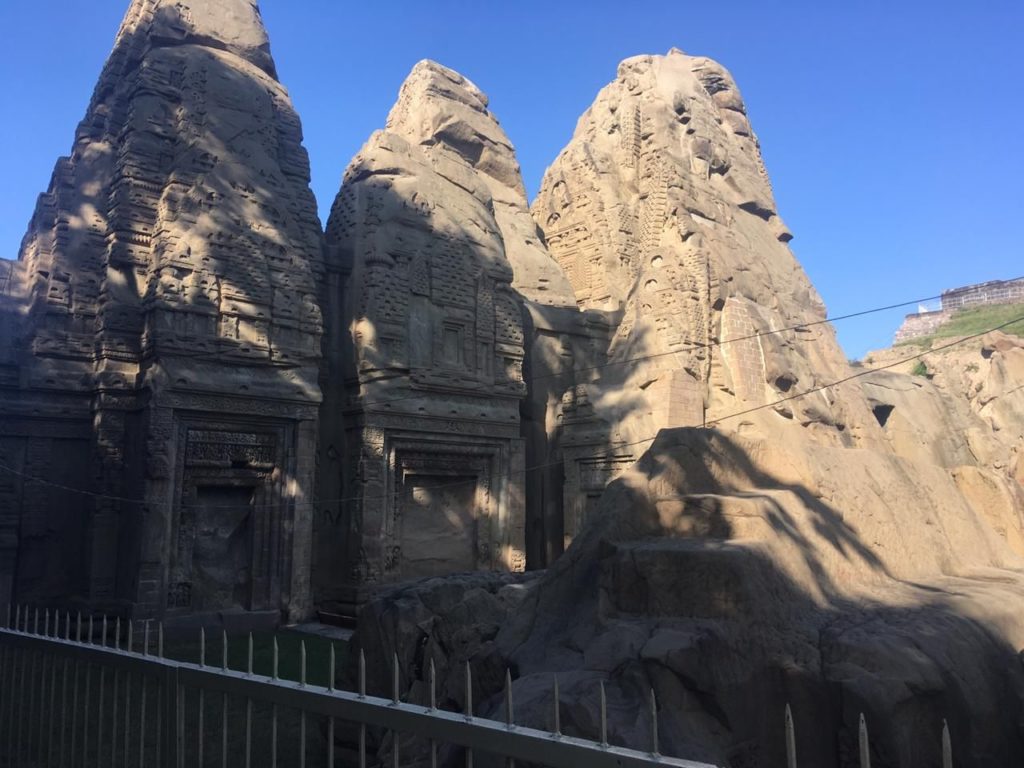
What Legends say?
If we believe local legend, the Pandavas resided here during their exile and built Rock-Cut temple. It’s believed that the identity and location of Pandavas was exposed, so they shifted from here. This is said to be why the temple complex was left unfinished.
There is also another interesting story about the temple and its incomplete staircase which is found inside the temple. It is said that the staircase was constructed by the Pandavas to reach heaven. They took an oath to finish the construction work by the same day morning. Listening to this Indra, the king of the Gods got tensed as the stairs would make the way to reach heaven easily accessible. So, he disguised himself in the form of a crow and crowed loudly before the early dawn. As a result, the Pandavas, could not complete the staircase.
How was Masroor Temple destroyed?
Masroor temples were destroyed by the subsequent earthquakes over the period of the time and it’s also believed that catastrophic 1905 earthquake, which had ravaged whole Kangra district had severely damaged the Masroor temple. Much of the Masrur’s temple’s sculpture and reliefs had been lost due the 1905 quake.
When Masroor Temple got attention
The temple complex was first reported by Henry Shuttleworth in 1913 bringing it to the attention of archaeologists. They were independently surveyed by Harold Hargreaves of the Archaeological Survey of India in 1915.
How to reach Masroor Temple?
Masroor is fastly becoming popular among the travellers. Scores of tourists every year visit Masroor. For the travellers Masroor is aptly connected by road as from nearby Kangra city. It has a good inter-state connectivity through roads. Regular public transport and cabs are available from stations like Kangra, Palampur, Pathankot, Jammu, Amritsar and Chandigarh.
Nearest nearest domestic airport is at Gaggal in Kangra, which is only 13 km from the town. Gaggal is connected to metropolitan cities like New Delhi through flights. From airport, cabs are easily available to reach the city centre and finally Masroor temple complex.
Hotels and guest houses are also available for tourists in Kangra, Palampur, Dehra and other nearby places at reasonable rates.
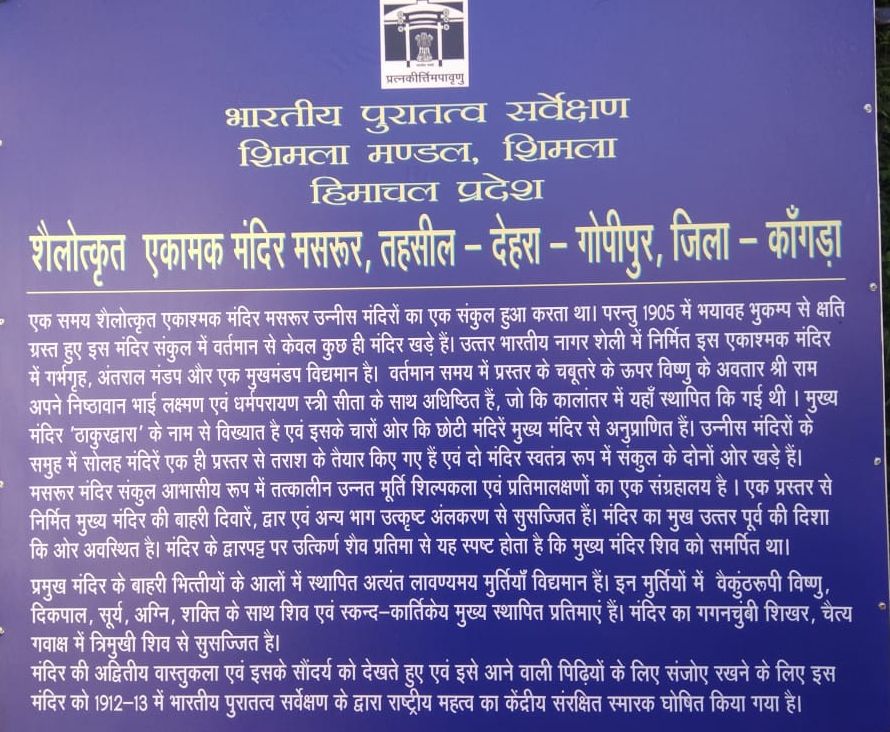
Pictures Courtesy: Akash Rana


